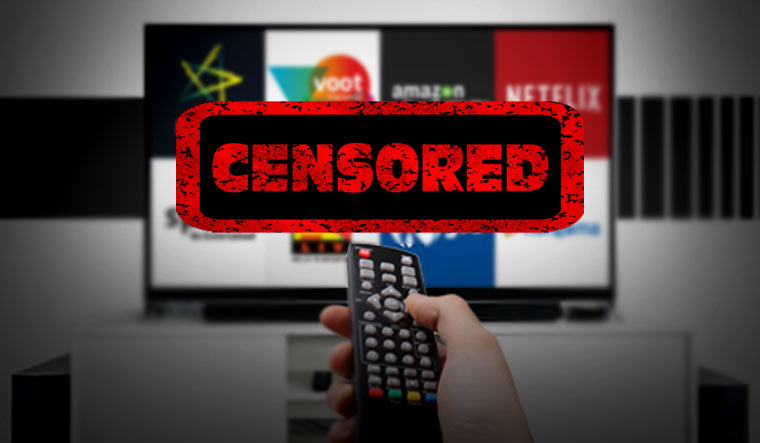“It was good while it lasted, friends.” When Azeem Banatwalla tweeted this on Wednesday, the stand-up comic was dead serious.
He was, of course, referring to the cabinet secretariat notification, which moved films, audio-visual programmes, news and current affairs available online from under the ambit of the IT ministry to be regulated by the Information and Broadcasting (I&B) ministry.
The government decided to came up with this move after realising that vast amount of content, ranging from news sites to videos to entertainment on the web, was under no regulation. This was because they were covered by the IT Act, which was more technical than content-based. Compared to this, other forms of media all had some level of scrutiny.
Films have to be cleared by a censor board; print media and TV news have self-regulatory bodies like the Press Council and the News Broadcasters Association, and commercials adhere by the Advertising Standards Council (ASCI). Further, TV programming came under the ambit of the Cable Networks Regulation Act.
That situation will change now, with the I&B ministry now getting the power to regulate policies dictating, if needed, what should be shown or uploaded online and what should not be. While the immediate thought would be that this order is aimed at OTT providers like Netflix and Amazon and their brand of web series’ featuring copious amounts of violence, nudity and coarse language, the sweeping scope of this new law reaches much further, into the very foundations of a free media.
In one stroke, virtually all content available on the internet, not just web serials but news and opinions, now come under government monitoring. I&B ministry officials were quoted saying this new order is an enabling mandate to enforce ‘greater discipline online.’
First, a little backgrounder. Ever since OTT players like Netflix, Amazon Prime and the like gained popularity over the past couple of years in the country, there have been criticism of their content. While some were uncomfortable with the edgy content which was not subject to any censoring unlike satellite TV channels, at least a vocal minority on social media had regularly alleged that web shows on OTT platforms often had ‘anti-Hindu’ plot narratives.
On the other hand, an increasing number of audiences were lapping up the stereotype-busting original programming many OTT channels were coming up with, with themes and creative genres that would never perhaps have made it on conventional broadcasting.
Last year, with government hinting that it will like content on OTTs to be regulated, eight top streaming platforms had come together to issue a self-regulatory code that laid down a set of guiding principles, ranging from avoiding disrespecting national symbols, child pornography, promotion of terrorism and any content that ‘maliciously’ outrages religious sentiments. However, the government had refused to back this move.
The pandemic made the issue acute, as OTT popularity sky-rocketed during the lockdown, with cinema halls locked down and satellite TV channel subscriptions and viewership even dropping slightly, according to some estimates. It was at this point that the case against vitriolic content on right-leaning TV channels like Sudarshan TV came up in the Supreme Court. The govt, interestingly, told the court that TV news channels were responsible enough, but it was online news content that needed regulation. This coincided with several petitions in courts, 40 according to some estimates, calling for regulating content on OTT platforms.
Of course, if you read between the lines, it is rather obvious why the government would rather clamp down on online media than the present news broadcasting scenario. Interestingly, print and TV have self-regulatory mechanisms, but as per govt officials quoted in the media, when it comes to OTTs and news content online, it wants “more than just a token model of self-regulation.” The government’s plan? To have a monitoring body that can be regulated by the I&B ministry directly, say, like the Censor Board.
Experts fear this will lead to a ‘big brother’ situation which will stifle not just creativity, but freedom of expression.
“OTT is becoming the dominant access to content, and it is important that no government body alone prescribes which content should be shown,” argues N. Chandramouli, CEO of TRA Research, a consultancy. “It not only limits creative freedom, which in turn affects audience engagement with the OTT platform, but regulatory decisions can be subjective and controversial.” His suggestion? “A self-regulatory authority which is an independent body of industry professionals who take action against any unwarranted content (like) ASCI (for advertising).”
Of course, much will depend on how stringent the government would be in enforcing the changed regulations and on which players. But if you think this will lead to the elimination of fake news online or vitriolic social media posts, perhaps you should think again!





